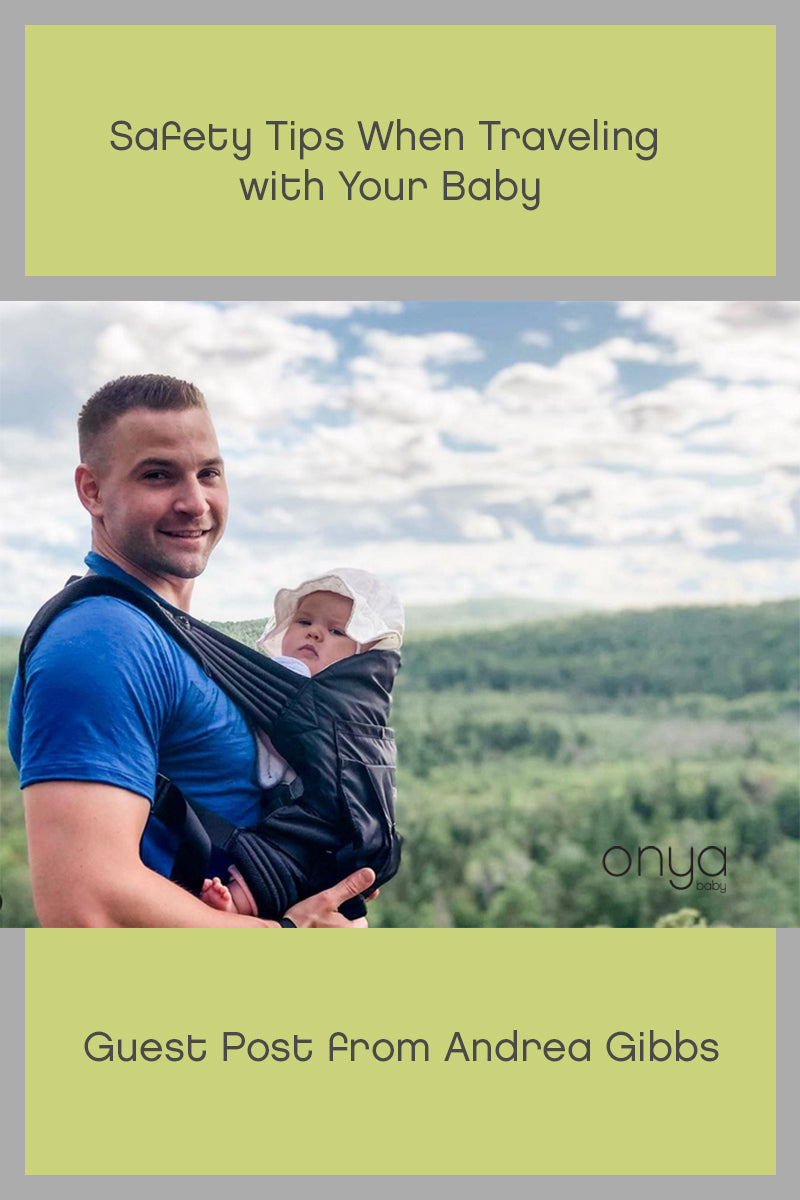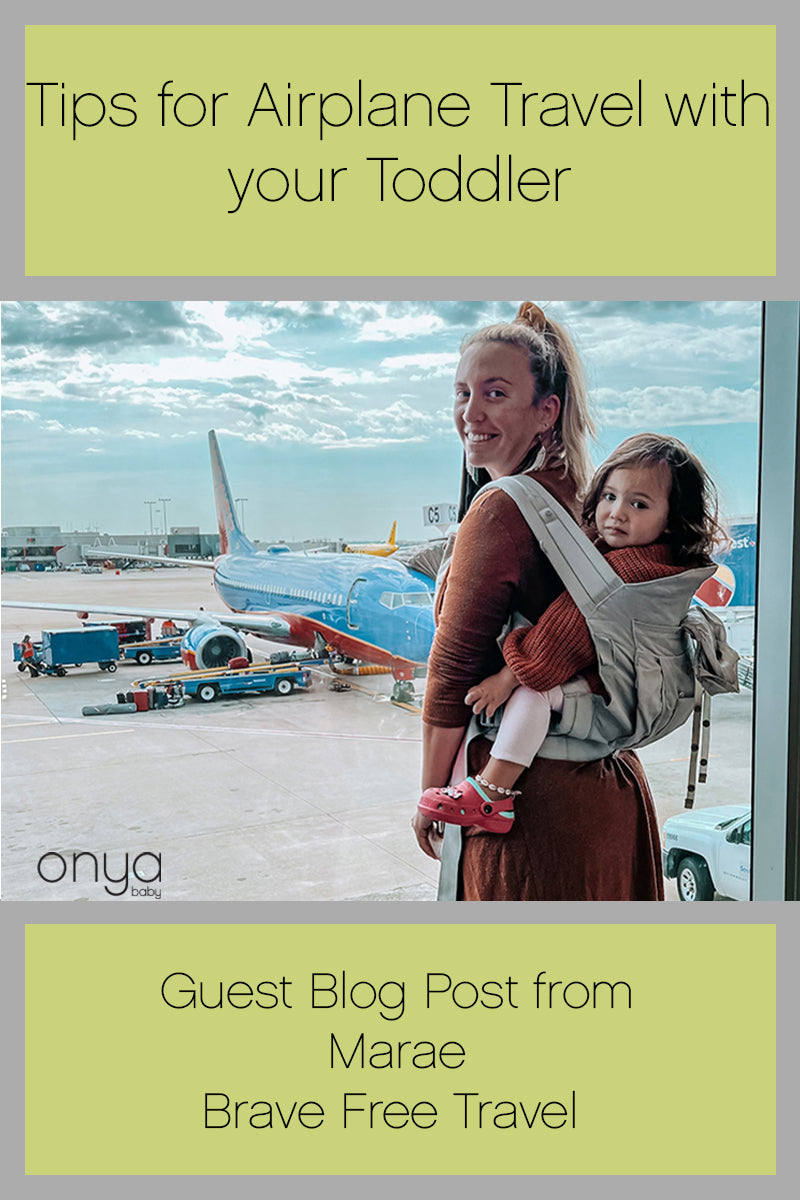One mother’s journey for balance through Attachment Parenting
A guest post by Anne-Marie Tonyan Lindsay, author of Do Not Faint.

I pulled away from the phrase “Attachment Parenting,” initially, because the words felt sort of clingy to one part of me, and it sounded incorrect to the science part of my brain. I was used to seeing “attachment” in a developmental psychology setting; my sister and only sibling is a psychology professor of who studies Attachment Theory. As I came to learn, Attachment Theory and Attachment Parenting both recognize the importance of touch and interaction; once there is an attachment formed, however, Attachment Theory teaches that it simply exists. It can’t be taught. It develops whether anyone has ever heard of it or not. Attachment simply is or, rarely, is not. Unless there is extreme neglect, every baby forms some kind of attachment. If there is a healthy attachment, “good” parenting doesn’t make it stronger, simply because there aren’t degrees of strength to a healthy attachment in psychology. My first question, on hearing the phrase “Attachment Parenting” was: were these people trying to sell me something that was just another “Good Mother Myth,” a list of ideals I would never live up to?
I felt increasingly skeptical when I found that, no matter how hard I looked, I couldn’t find a good, clear definition of Attachment Parenting. My aha! moment came when I finally understood that this is because “AP” offers a list of tools, things to do as a parent, that are meant to enhance a true connection with your child. Note that I say “meant to enhance,” because doing All The Things will not guarantee a perfect relationship, let alone a perfect child–don’t I wish! What many people describe as feeling “attached” is, for me, a feeling that we are close, connected and communicating as well as we can. Moreover, the common misconception that AP is for stay-at-home-moms distracts from the way using AP tools as an entire family can make everyone feel closer. I said, “Aha! This is for me!” when I read that balance is a key component of Attachment Parenting.
The famous Dr. Sears empire (they literally wrote the book on AP) composes a definition of Attachment Parenting out of seven behaviors, “The 7 Baby Bs,” including babywearing, breastfeeding and, my all-important favorite, balance. I struggle with chronic anxiety and depression, and if I center my self-worth all around one thing, I get all out of balance trying to be The Perfect ___ [fill in the blank], and I can end up in a dangerous psychological place.

For me, this style of parenting centers around balance in this way: the entire family looks at what everyone needs, what skills they do or do not bring to each day, and we go from there. A newborn has so many needs and almost no skills! “AP” families don’t spoil babies, they simply adjust to the new family member as best they can. When I say “skills,” I mean physical abilities, like the obvious ability to get feed oneself without help, and I also mean the psychological and emotional abilities to delay gratification, to prioritize, to anticipate future events. It takes awhile for the baby brain to understand that someone will hold them in the future; they only understand that they are not being held right now. My son, Walter, wanted to be touching another human even in his sleep, so it was either co-sleep or NO sleep. He could not wake up, realize that it was still dark outside, understand that he would be held when one of his parents awoke, and go back to sleep comforted by that knowledge. We adjusted to that fact when we needed to go about a busy day by wearing him–he slept, and we got done whatever needed getting done. Now that he’s almost a year old, Walt can sleep without being held and, when he wakes up, makes sounds to alert us to the fact. He has learned to think ahead far enough to know that someone will come when we hear him. It is so amazing to think about how much growing his brain had to do for him to learn about this weird idea, the future!
Attachment Parenting has strengthened our marriage, too, despite all the myth that it’s all about Mom & Baby. “AP made So And So obsessed with her baby, until she didn’t care about her husband anymore! They’re getting divorced, because of AP!” (Yes, someone actually told me that.) I don’t see how you have any “Balance”–one of the 7 Sears Baby B’s–if only one adult parents the child. Yes, during those first months, frequent breastfeeding meant that I spent more hours with our baby. It also meant that I was very eager to hand that baby over to his dad and get some personal space! AP has helped my husband and I recognize the strengths we share, as well as the ones that are unique to each of us. How can he be such a good problem-solver while the baby is crying, when we don’t know what he needs?! Why am I so good at playing with him, and where do I come up with all these little “games” we love to play? We learned more about each other this year than we learned in all three and a half years of marriage that preceded it.
We achieve balance using AP tools by tailoring them to our family’s needs, and respecting each individual’s needs and skills. My husband, Nathan, is confident and eager to take Walt out for “Man Time,” and I love the time to myself. I am able to thoroughly enjoy the now-strong breastfeeding relationship I have with our son as special and unique to me. The two of us are perfectly comfortable and, yes eager, sometimes, to spend time together, just us. Grandma might babysit, or we might snuggle while the baby sleeps. We soak up that time. The Little One needs so much time and attention as he grows and develops, so it makes perfect sense to enjoy this time when he is so little and the times when he doesn’t need us.

When I think about the individual relationships between me and Walt, Nathan and Walt, me and Nathan as well as the dynamic around all three of us, I see how we are able to use time together and time apart to end up feeling closer as a unit and in each of those one-on-one relationships. I say “end up feeling closer” because I have most definitely fantasized about driving away to a hotel with a spa and refusing to speak to anyone for at least twenty-four hours. I have put Walt down in a playpen and walked away, listening to him cry while I eat, because I simply cannot eat and hold him. I don’t like it, but I need to eat. He doesn’t like it, but he’s just fine. Another example: I love breastfeeding, but I need personal space and feel happy to ask Dad to give a bottle of formula so that I can have that space. This is not all rainbows and unicorns! At the end of the hardest times, however, we come together and feel closer than before. That is the best sign that this is a good fit for our family: it brings us closer, and it’s intuitive, for all of us.
I don’t think about Attachment Parenting very often, anymore. My husband and I learned the tools, and thought about it while I was pregnant and we were discussing what we wanted to do with this baby I was working so hard to grow. Then, that baby was born and we grabbed every tool at hand to see what worked to not only get us through this whirlwind but also, help us enjoy as much of it as possible. It became intuitive so quickly that I don’t remember a time when I had to think about things that others might identify as “so AP!”

One final note: I see the fact that “AP” is used as a noun, verb, adjective and adverb as a sign that it is all about feelings that run far deeper than language. I’m a former English teacher, so language is something I adore. When I encounter something that I can’t use language to define, I find that very exciting and intense. I understand, now, why the “experts” have such a hard time writing definitions for Attachment Parenting. I know it when I feel it, but I could never find adequate words for it. Cultural markers have developed around AP. Hence, the infamous Time magazine cover featuring a mother nursing a toddler while he stood on a chair, and (I prefer to think about this one) the title of Mayim Bialik’s book on the subject, Beyond the Sling. Bialik’s book is my favorite on this topic because she does what I have tried to do here: show the various ways one family Attachment Parents. Seeing real examples, not the sensationalized, edited versions, and trying out the tools led us down our AP path. How did you find yours?
Fun fact: I wrote and edited this entire piece while wearing my baby.
About the Author:






